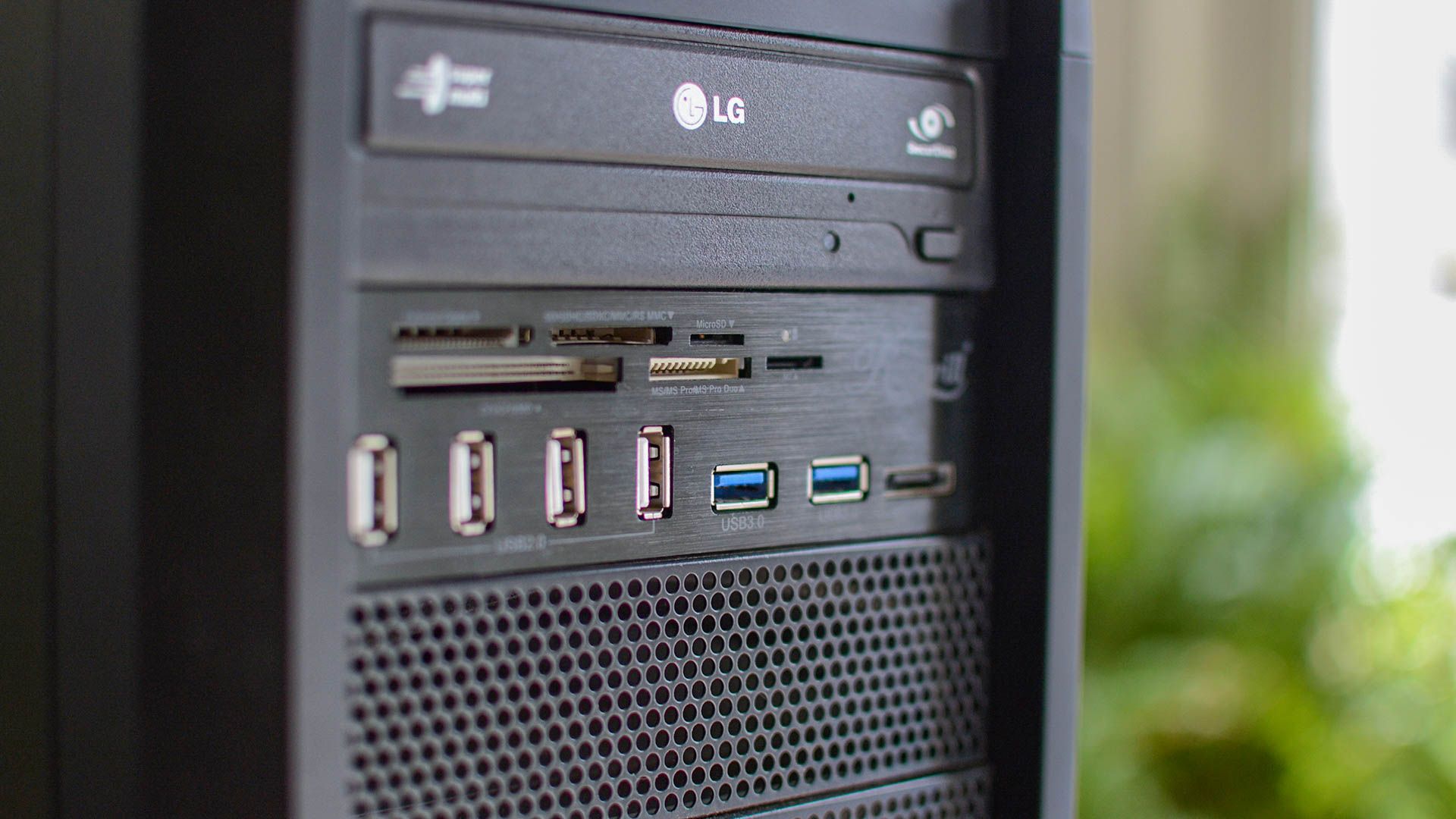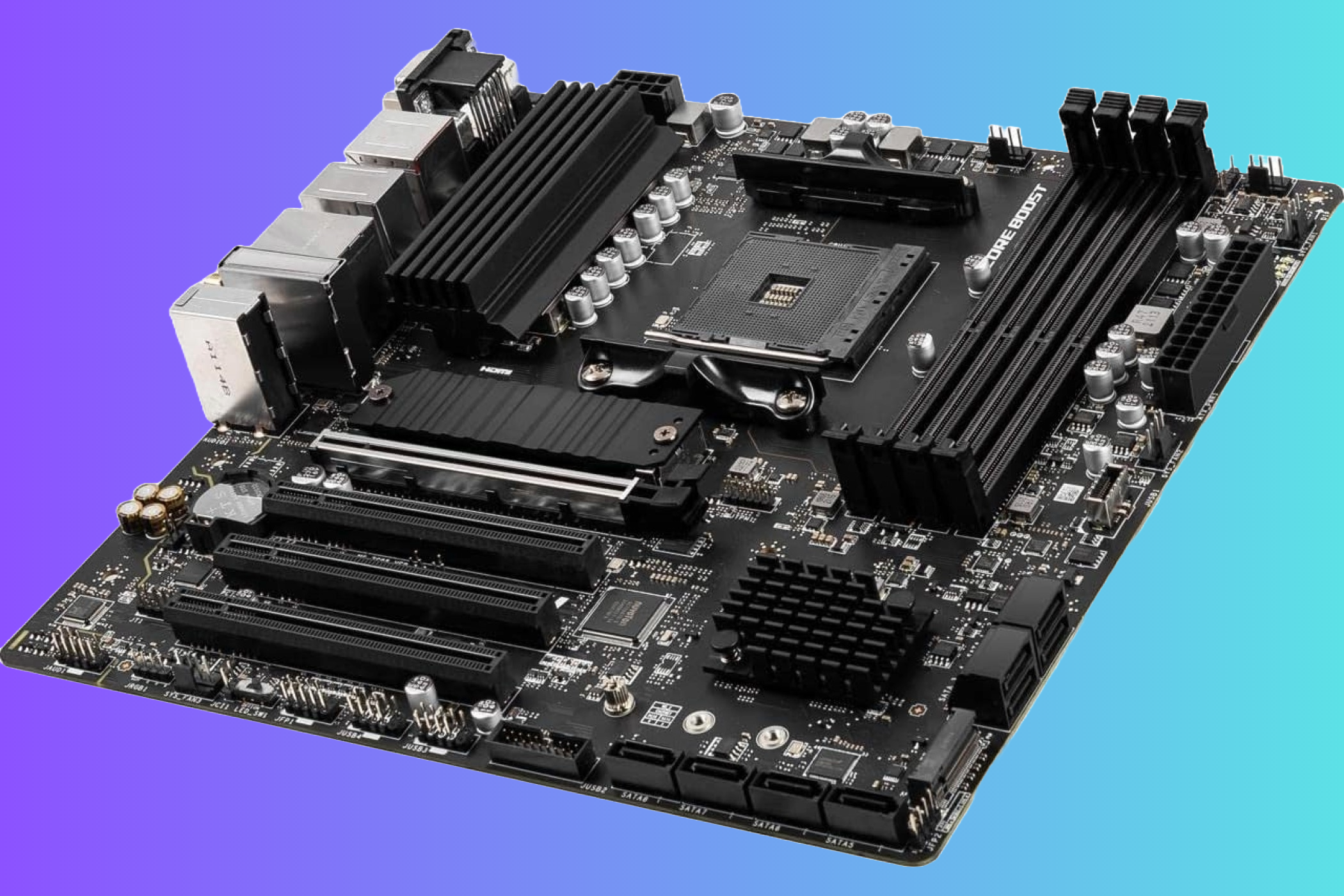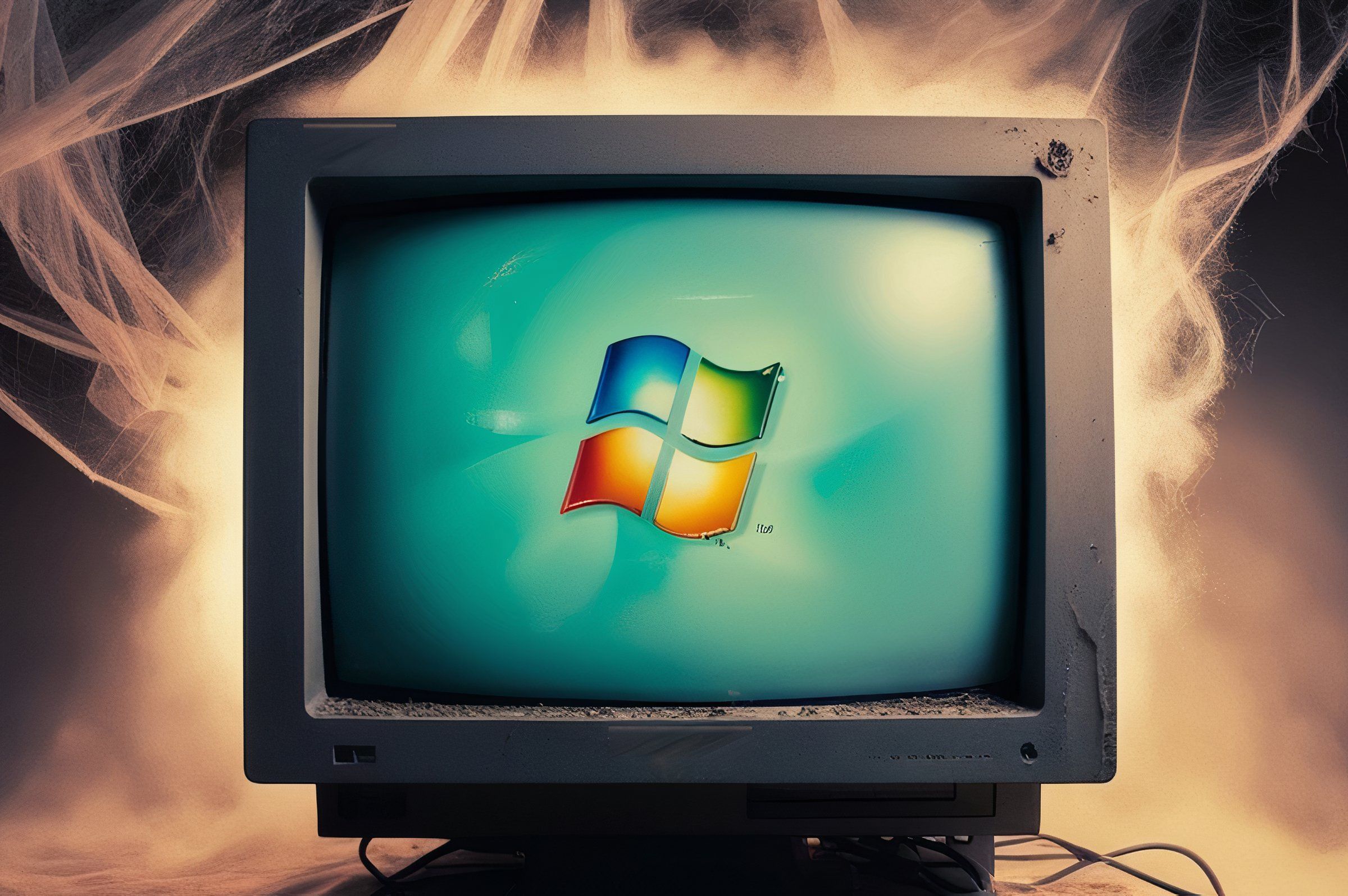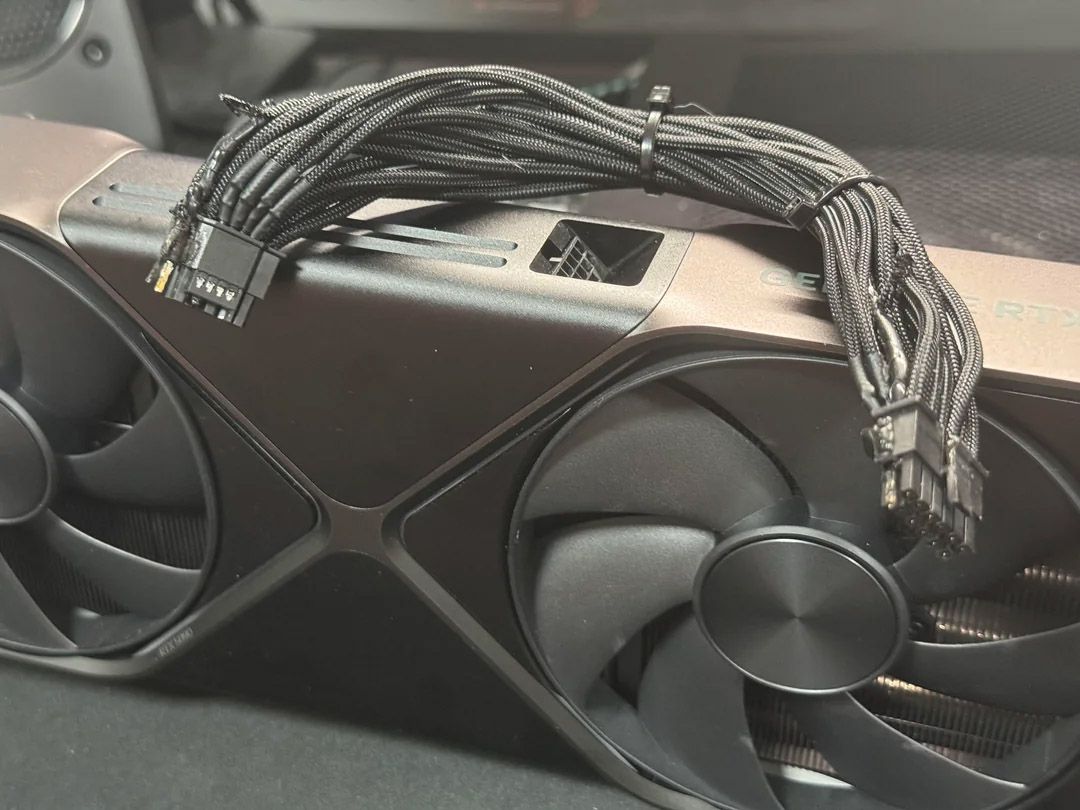NVIDIA’s RTX 5090 Power Cables Are Melting
Computer Hardware
As much as NVIDIA technically downsized the RTX 5090, it’s still consuming a lot of power. It has a crazy 575W TDP, almost as much as a whole computer could consume a decade ago. No one could’ve seen this coming: power cables are melting again this generation.
Multiple user reports have popped up of NVIDIA’s RTX 5090 cards (from the few users who have managed to buy one, at least) apparently melting up their 12VHPWR power connectors while in use. In one case, a Reddit user reported a burning smell while gaming, discovering melted plastic on both the GPU and PSU ends of a custom cable from MODDIY. The user insisted the cable was securely connected. Similarly, a YouTuber experienced the same issue with a cable supplied by PSU manufacturer FSP, with damage evident on both the GPU and PSU connectors.
The 12VHPWR connector, which was actually first introduced back in 2020 with the RTX 3000 series (back then it was only used on some Founders Edition cards), is rated for 600 watts. With this connector, NVIDIA attempted to address the constantly growing power needs of our GPUs and the nonsense of having to plug in multiple PCIe power connectors to feed the card with the power it needs. Just one cable and that’s it, right? The company does provide an adapter for this connector since it’s not exactly widespread yet, but to power an RTX 5090, you need a whopping four 8-pin connectors which then go into the one 12-pin connector in the card.
This is actually not the first time this connector has been the source of trouble for NVIDIA. Back in 2022, when the RTX 4000 series was launched, the RTX 4090 was also having trouble with these connectors melting up. Considering that the card had a TDP of 450W and the connector was rated for 600W, this spoke awfully of the new connector design.
Following the RTX 4090’s own melting problems, the design of the connector was slightly updated—the new design features shorter sensing pins and longer conductor terminals to ensure a more secure connection. In theory, these are fail-safes to make sure that people are properly connecting the cables to their GPUs and power supplies. PSU makers like Corsair and MSI even went one step ahead and added colored indicators to their 12VHPWR cables to help users visually confirm a proper connection.
Those changes might’ve been enough to keep most of the RTX 4090’s problems at bay (and to not hear about them for a couple of years). But the RTX 5090’s 575W TDP gets way closer to the cable’s 600W rating, so it makes for a stronger test to see if these changes were actually any good to finally fix the issues. It doesn’t look like that’s the case right now, sadly.
It is also telling that despite the fact that this is not an NVIDIA-only connector (it was developed by PCI-SIG, of which NVIDIA, AMD, and Intel are all part), only NVIDIA is using it. AMD’s upcoming GPUs use regular, run-of-the-mill PCIe power connectors, and so do Intel’s Arc B-series cards. They’ve been around for years, they’re as established as a standard can be, and they don’t tend to cause issues. So if it ain’t broke and there’s no need to fix it, why fix it?
NVIDIA might have more specific needs due to the high power draw of their cards. I don’t think we’ll see a GPU from another manufacturer anytime soon that consumes a whopping 575W, after all. But I’m sure a lot of users would gladly take having to plug in four 8-pin connectors instead of one 12-pin connector that could potentially make your room catch on fire.
Source: The Verge
















